
Ukulele buying guide: Whether you are planning to start pop, classic, jazz, or folk, a ukulele is an excellent instrument for both beginners and the pro. The comprehensive guide about the acoustic instrument helps you find the right types of ukulele for you.
Finding the right ukulele is a daunting task unless you don’t know the areas to check while purchasing the musical instrument. Whether you just want to start playing or want to upgrade, this ukulele buying guide will help you to go in the right direction.
Table of Contents
Ukulele Buying Guide:
While purchasing a ukulele, answer the following questions:
- What size do you want?
- What fits well in your hands?
- What kind of music do you want to play?
- What is the ukulele made out of?
- How did the materials use to make the instrument can affect the overall quality?
Ukulele Buying Guide
Size- which size to choose?
The first thing to check while buying a ukulele or uke is its size. There are mainly four different types of ukulele – Soprano, concert, tenor, and Baritone. Check the size that is suitable for you and check which one feels more comfortable to your fingers and check which one is easier tom move from fret to frets. Also, check what feels easy and comfortable for strumming. However, if you are buying soprano for a kid with people who have a little hand, go for soprano while people with larger hands may go for tenor or baritone.
Soprano:
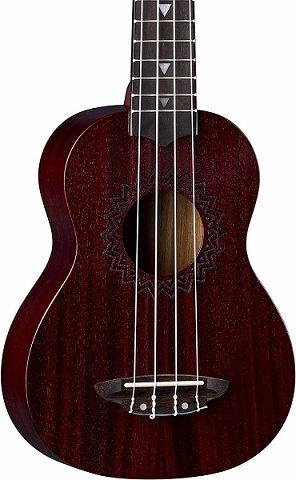
Nowadays, this is the most popular type of ukulele. The soprano or the standard ukulele is the smallest ukulele and it is easy to hold. It can be 17 to 20 or 21 inches only. It is lightweight and the strumming cord is nice as you do not have a lot of space. It typically gives brighter sound and cuts through probably the less volume. It has the standard ukulele tuning just like concert and tenor which is G-C-E-A. The tonality offers less projection and resonance than the later ukuleles. As it is small, you can take it easily while travelling.
As the ukulele is small, there are little spaces between the frets. Therefore, the soprano is not suitable for people with a bigger hand but great for younger and kids with tiny fingers.
The smaller the body, the higher the pitch.
Advantages:
- Sounds brighter
- Small and ultra-light
- Best for young learners with tiny little fingers
- Perfect for traveling
Disadvantages:
- Not suitable for people with larger hands
- Closer frets
However, there is a variation of soprano ukulele – pineapple ukulele.
Pineapple Ukulele:
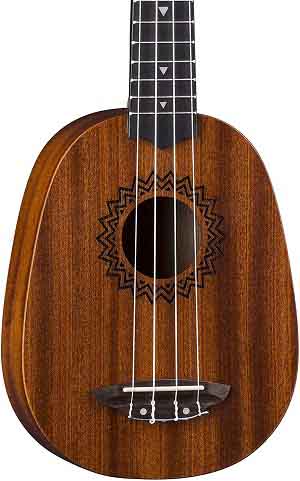
This soprano variation pineapple ukulele structure was formated by Samuel Kamaka in the 1920s. The standard tuning of G-C-E-A is also applicable here. The waist of the ukulele is eliminated to enlarge the surface of the soundboard so that it can give a fuller sound. As a result, you will get more surface to vibrate than a standard regular ukulele. Because of the wider front as well as larger back panels, the ukulele can hold a great amount of air in its body for resonance, providing more mellow sound with louder volume than other standard ukulele made with the same quality materials. Interestingly, makers need less wood to create a pineapple ukulele. Sometimes, the maker creates pineapple ukulele when they do not have enough piece of wood. Though initially, it was created for traveling, it is now a very popular type of ukulele.
Advantages:
- Gives more fuller sound
- More resonant
Disadvantages:
- Louder
Concert:
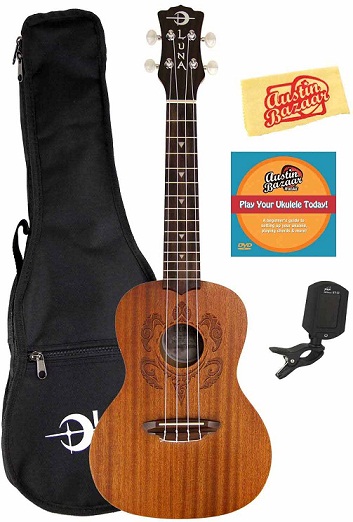
The concert ukulele is slightly bigger than the soprano and because of the increased body, it creates a little bit more mid-range and a little bit more bass sound and low frequencies. Concert uke can be 23 inches long with a slightly wider neck, offering space for people with larger hands. As it is bigger than the soprano, there is more space between frets. Therefore, concert uke is great for people with big hands and beginners who are ready to play the tune. It has the same tuning as Soprano: G-C-E-A and offers a slightly deeper sound.
This uke is not only good for cords but also nice for some single notes. Apart from these, concert ukulele intonates better as you move up the neck and you will get a better tune. Sometimes, while you move up the neck of soprano or smaller ukulele, it starts getting out the tune. So, the concert can be a great choice for you as it is bigger than the soprano.
Advantages:
- Offer a very classic ukulele sound
Disadvantages:
- Deeper sound than the soprano
The name “Concert” does not mean that it is designed for CONCERT shows.
Tenor:
Confused to pick the right sizes? Just go for a Tenor ukulele.
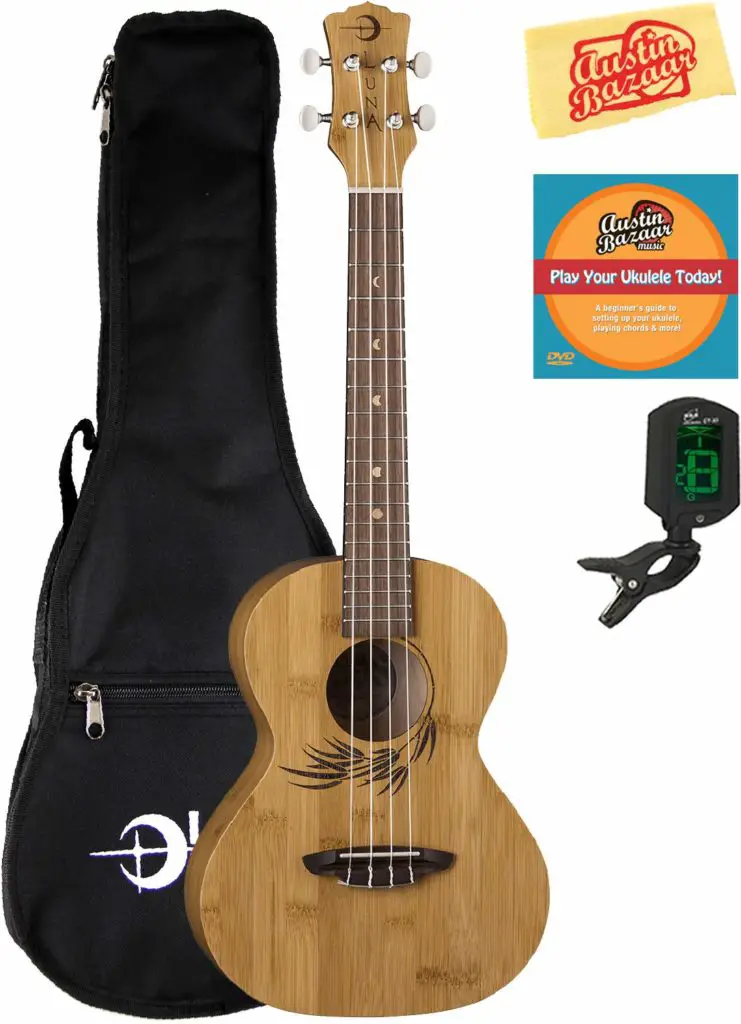
The tenor ukulele is best for people with larger hands. It is larger than soprano and concert and produces more mid-range and more bass tone for its bigger body and wider neck. And it’s actually a little bit louder. The longer neck is a great option for chords and single notes. The increased length allows more spaces between the frets than the concert and soprano. As a result, it is perfect for finger picking.
Though tenor is mostly popular among the professionals, it is also great for beginners and different skill and experience levels. Tenor also has the same standard ukulele tuning of G-C-E-A. However, the tenor ukulele has a high G.
Advantages:
- Gives deeper fuller, and resonant sound
- Gives almost bass-tone
- Great for finger picking
- Perfect for people with larger hands
Disadvantages:
- Provide a bit louder volume
Baritone ukulele:
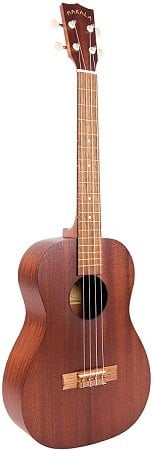
The baritone is the largest type of ukulele. However, the tuning of the baritone is different from that of soprano, concert, and tenor. It is tuned like a guitar. As a result, it will be easy to use for people who have experience in playing guitar.
Because of the wider neck and larger length, it offers more spaces between the frets. Therefore, it is perfect for people with larger hands though people from any experience level can find it handy. It offers deeper sound with the lowest end. The sound is somewhat similar to acoustic guitar.
The larger the ukulele, the deeper the sound
Advantages:
- Offers deepest and fullest sound
- Lowest end sound
Disadvantages:
- Heavier than its younger brothers
Baritone tuning
| Topic | Soprano | Concert | Tenor | Baritone |
| Lengths | 16 -21 inches, 40 cm | 23-25 inches | 26-27 inches | 28-32 inches |
| Number of frets | 12-15 frets | 15-20 frets | 15-25 frets | 18 frets or more |
| Tuning | G-C-E-A | G-C-E-A | G-C-E-A | D-G-B-E |
Which material is used to make the ukulele?
After selecting the ukulele size, the next thing is to choose the ukulele with right features. There are some features that make ukulele different from each other:
- Materials to make the ukulele
- Electronic vs acoustic
- High/Low G-string
- Tune-ability
Materials used to make the ukulele:
After selecting the ukulele size, the next thing is to choose the ukulele with the right features. Some features make ukulele different from each other:
- Materials to make the ukulele
- Electronic vs acoustic
- High/Low G-string
- Tune-ability
Solid wood:
Ukuleles can be made of wood and plastic. Generally, the instruments that are made with wood are going to be more resonant and give probably better tone quality than the other variations. On the other hand, the plastic ukulele will not be as sensitive to humidity or weather like woods and plastic one is cheaper.
Most of the ukuleles are made with solid wood and the most two common types of woods that are used to make ukulele are:
- Koa
- Mahogany
Koa: All of the Hawaii ukuleles are made of Koa wood as the Koa tree is naturally grown in Hawaii. As the tree is rare to found in other regions, other manufacturers do not use the wood.
Mahogany: The most common type of wood to make ukulele is Mahogany. Mahogany can also create nice sound quality like Koa. Generally, mahogany is used to make the neck of the ukulele.
- Koa- used in Hawaii ukulele, Mahogany- used mostly in neck
Apart from these two kinds of woods, ukulele parts can be made with different woods. Such as:
- Spruce/Cedar –basically used to make soundboards.
- Ebony – generally used to make fingerboards and bridges.
- Rosewood – commonly used sides, backs, and fingerboards.

Pros of wood:
- Excellent tone quality
- increases in value over time
- quality material
Cons of woods:
- Vulnerable to temperature and humidity
- More expensive
Combination of laminate and solid wood:
To minimize the cost, a combination of laminate and solid wood is also used to make the ukulele. In this process, less costly woods are used inside while a thin layer of expensive woods is used on the outside the ukulele.
Pros:
- Excellent tone quality
- Not as vulnerable to temperature and humidity
- Less expensive
Cons:
- Not great tone quality like wood
- Vulnerable to extreme temperature and humidity, moisture
Laminate:
Pros:
- Good sound
- Not as vulnerable to weather
- Less expensive
Cons:
- Not too great tone quality
Plastic:
Specially made for camping and backpacking, plastic ukulele does not affect by the weather. This is something you can travel with you. However, this type of ukulele does not offer nice tone quality like that of wood. It can also be categorized as a toy ukulele.
Pros:
- Inexpensive
Cons:
- Do not provide good sound quality
- Tuning problems
Acoustic vs Electric
Another consideration while buying a ukulele is acoustic vs electric
The acoustic ukulele is great and they are protective. If you want to play around the house or even in small venues, acoustic can be a great option for you. On the other hand, an electric ukulele can be used with an amplifier. However, acoustic-electric can be a great choice as it offers the benefits of both types. But, acoustic ukulele provides great sound while amplified than acoustically.
- Electric can a lit bit expensive yet it can offer you may more possibilities with your tone.
- Most of the high-end ukuleles are acoustic and do not come with electronic option.
Tune-ability:
Unlike other musical instruments, keeping the ukulele in-tune is somewhat difficult because of its tuning keys, especially with the cheaper ones. However, good tuning keys will hold the position for a long time though cheaper ones will make the pro users frustrating and make the beginners confused whether she buys a faulty one or not. So, while buying, try to check how long your ukulele remains in tune. However, for finding a rightly tuned instrument, you can go for an electric one.
High vs Low-G string ukulele:
The last thing that you should also check is whether your ukulele comes with a high G or low G. Though it is a personal preference, High G- provides more traditional ukulele sound and soprano, concert ukulele from different manufactures always comes with high G.
High G- string is G-C-E-A where the third string is C. So when you will come to the 4th string, you will get a higher sound than the 3rd string.
High G is considered as standard tuning.
Limitation of high G:
When you are doing any kind of scale using a High-G, you are somewhat limited. It sounds somewhat awkward when you get to the 4th string.
Low G: Both 3rd and 4th string of low G gives lower sound and it offers more bass sound for strumming. For your melodies, a Low G provides a wider octave range and you will get deeper and fuller sound while in High G, you will get a brighter sound. Additionally, Low G offers 5 extra notes.
High G Vs Low G
| High G | Low G | |
| Tuning | Brighter , lighter | Lower, deeper and fuller |
| Ranging | 5 extra notes | |
| Sound | Ukulele sound | More guitar like sound |
So, if you are searching for something for lower and deeper sound, go for a Low G. Otherwise, go for a High G for finding more ukulele type sound. Personally, I prefer High G.
Conclusion of Ukulele Buying Guide:
So, how to choose the right ukulele for you? Among the various types of ukulele, purchasing one can be a difficult task. But you can choose the perfect one for you by judging the above mention areas of the ukulele buying guide. Always choose a ukulele that is easy to play, easy to learn, and fits well to your fingers. We hope that this ukulele buying guide will help you to make the right decision to buy the ukulele of your choice.
Related Post:

Williams Kane is a blogger and writer. He’s passionate about writing and connecting with the community, especially when it comes to sharing his ideas through writing.
I am a versatile author with a passion for exploring a wide range of topics on our multi-niche website. With a background in research and a love for writing, I bring a unique blend of expertise to our platform.
My journey began in the world of science, where I earned a degree in biology and developed a deep fascination for the natural world. This background enables me to delve into topics related to ecology, environmental conservation, and the wonders of the animal kingdom.
However, my curiosity knows no bounds, and I have ventured into various other niches as well. From technology trends and digital innovations to health and wellness tips, I strive to provide well-researched and engaging content that informs and entertains our diverse audience.
Furthermore, my dedication to staying current with the latest developments in each niche ensures that our readers receive up-to-date and reliable information. Whether it’s deciphering complex scientific concepts or simplifying tech jargon, I take pride in making complex subjects accessible to all.
Join me on our multi-niche journey, where we explore the depths of knowledge and share insights on a multitude of topics to inspire, educate, and entertain.



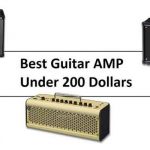
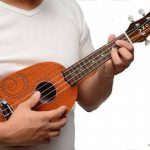

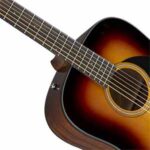
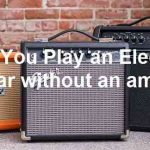
Comments are closed.